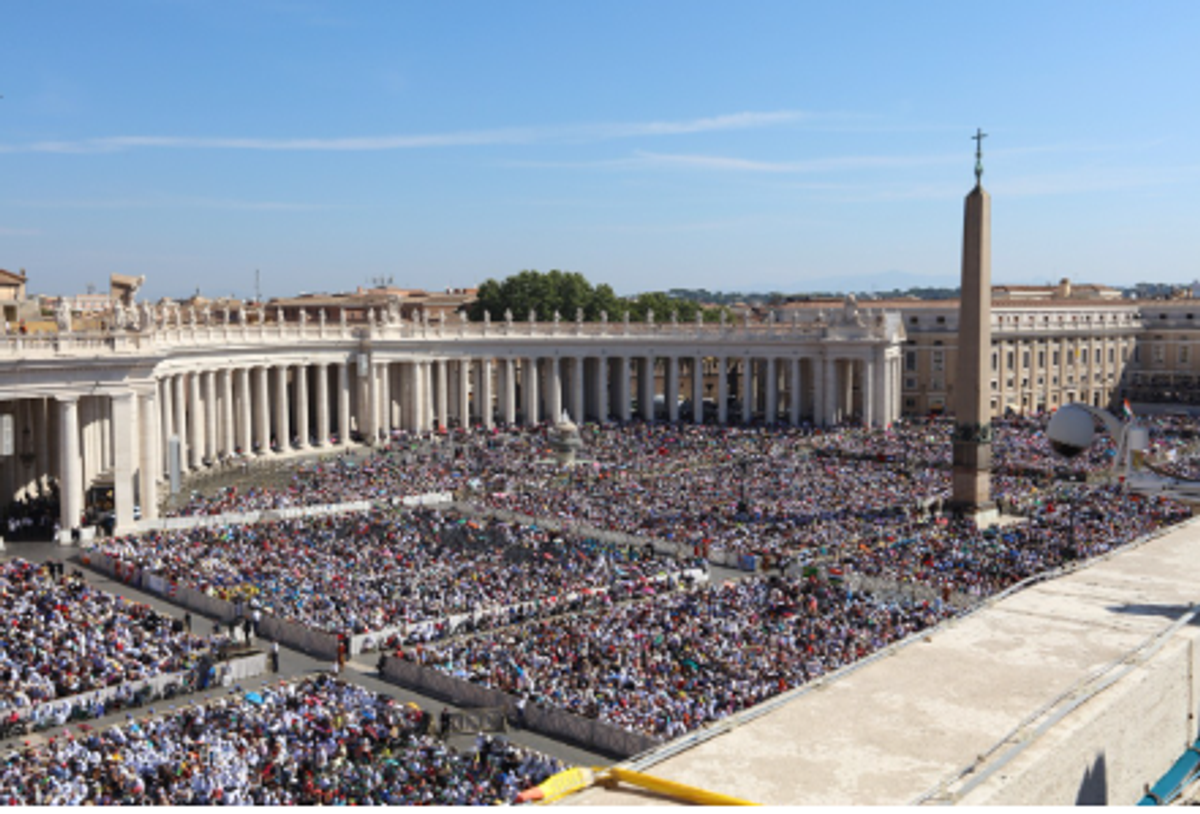R.E. News

Religious Education News - Week 2 Term 1
Religious Education Dates for 2025
Confirmation
- Saturday 16th August- Sacrament of Confirmation – 1pm and 3pm
- Wednesday 4th June - Confirmation Information Night - 6pm
- Saturday 24th May - Confirmation Commitment Mass - 5pm
- Wednesday 18th June- Confirmation Reflection Day
- Thursday 14th August - Confirmation Reconciliation service - 11:40am
Reconciliation
- Wednesday 19th March - Sacrament of Reconciliation Parent/Child Information Night at 6pm
- Wednesday 28th May - Sacrament of Reconciliation - 6pm
Eucharist
- Wednesday 30th July - First Eucharist Parent/Child Information Night at 6pm
- Saturday 9th August – First Eucharist Commitment Mass – 5pm
- Thursday 23rd October - Eucharist Reflection Day
- Thursday 23rd October - Reconciliation at 11:40am and practise
- Saturday 25th October - Sacrament of First Eucharist mass at 5pm
- Sunday 26th October - Sacrament of First Eucharist mass at 9:30am
Whole School Mass/Events
- Wednesday 5th March – Ash Wednesday Mass at 9:00am
- Friday 21st March- Year 6 leaders attending the Catholic Ed Week mass at St Patrick’s Cathedral
- Friday 21st March - Harmony Day
- Friday 4th April - Easter paraliturgy at 12:45pm
- Thursday 24th April - St Mark’s Feast Day mass at 2:10pm & activities 11.40 & 1.30
- Friday 16th May - Family Week mass at 2:10pm and activities during the day
- Friday 6th June - Reconciliation Week liturgy (assembly) and activities in own class
- Friday 4th July - Naidoc Week assembly (1pm)
- Friday 15th August - Feast of the Assumption Mass at 9am
- Friday 7th November - St Francis Blessing of the animals service from 9am to 9:15am
- Tuesday 11th November - Remembrance Day service at 10:55am
- Thursday 11th December - Year 6 Graduation at 6pm
- Monday 15th December - End of School Mass at 9am - TBC
Junior Information Night
- Preps in Pyjamas – Wednesday 11th June at 6pm
Year of Jubilee
What is the Jubilee?
“Jubilee” is the name given to a particular year; the name comes from the instrument used to mark its launch. In this case, the instrument in question is the yobel, the ram's horn, used to proclaim the Day of Atonement (Yom Kippur). This (Jewish) holiday occurs every year, but it takes on special significance when it marks the beginning of a Jubilee year. We can find an early indication of it in the Bible: a Jubilee year was to be marked every 50 years, since this would be an “extra” year, one which would happen every seven weeks of seven years, i.e., every 49 years (cf. Leviticus 25:8-13). Even though it wasn’t easy to organise, it was intended to be marked as a time to re-establish a proper relationship with God, with one another, and with all of creation, and involved the forgiveness of debts, the return of misappropriated land, and a fallow period for the fields.
Quoting the prophet Isaiah, the Gospel of Luke describes Jesus’ mission in this way: “The Spirit of the Lord is upon me, because he has anointed me to bring good news to the poor. He has sent me to proclaim liberty to captives and recovery of sight to the blind, to let the oppressed go free, and to proclaim a year acceptable to the Lord,” (Luke 4:18-19; cf. Isaiah 61:1-2). Jesus lives out these words in his daily life, in his encounters with others and in his relationships, all of which bring about liberation and conversion.
In 1300, Pope Boniface VIII called the first Jubilee, also known as a“Holy Year,” since it is a time in which God's holiness transforms us. The frequency of Holy Years has changed over time: at first, they were celebrated every 100 years; later, in 1343 Pope Clement VI reduced the gap between Jubilees to every 50 years, and in 1470 Pope Paul II made it every 25 years. There have also been “extraordinary” Holy Years: for example, in 1933 Pope Pius XI chose to commemorate the 1900th anniversary of the Redemption, and in 2015 Pope Francis proclaimed the Year of Mercy as an extraordinary jubilee. The way in which Jubilee Years are marked has also changed through the centuries: originally the Holy Year consisted of a pilgrimage to the Roman Basilicas of St. Peter and St. Paul, later other signs were added, such as the Holy Door. By participating in the Holy Year, one is granted a plenary indulgence.
The Jubilee Prayer
Father in heaven,
may the faith you have given us
in your son, Jesus Christ, our brother,
and the flame of charity enkindled
in our hearts by the Holy Spirit,
reawaken in us the blessed hope
for the coming of your Kingdom.
May your grace transform us
into tireless cultivators of the seeds of the Gospel.
May those seeds transform from within both humanity and the whole cosmos
in the sure expectation
of a new heaven and a new earth,
when, with the powers of Evil vanquished,
your glory will shine eternally.
May the grace of the Jubilee
reawaken in us, Pilgrims of Hope,
a yearning for the treasures of heaven.
May that same grace spread
the joy and peace of our Redeemer
throughout the earth.
To you our God, eternally blessed,
be glory and praise for ever.
Amen
Children’s Liturgy
The reintroduction of Children's Liturgy at St Mark's Church is up and running and looking for more volunteers!
The Children's Liturgy provides a great opportunity for primary aged children to
engage with the gospel in a way that is accessible and meaningful to them. It runs every Sunday at the St Mark's 9:30am mass during school terms. At the start of mass the Children’s Liturgy adult leaders take the primary school age children into the hall for a small lesson and activity about the gospel of the day. Parents are welcome to join the session if they would like. If any parents are interested in volunteering to help with the Sunday sessions, please email Andrew Davies - andrew@smdingley.catholic.edu.au
Gospel Reflection by Dianne Bergant CSA
Perhaps one of the most difficult lessons to learn is forgiveness of those whom we consider our enemies, those who have wronged us. As challenging as this may be, the Gospel calls us to a very high standard: we must be merciful as God is merciful. If such perfection can become a reality in our lives, we will be able to forgive. Paul assures us that we can indeed attain such perfection, not by ourselves, but through the power of the risen Lord whose image we bear.
Paul plays with the theology of creation. In the beginning, we were made like the first Adam, earthly, limited, weak, concerned about the things of this world, and committed to our own well being. Through baptism we have been fashioned after the image of the second Adam, Christ the risen Lord. Being like Christ, we become godlike, empowered with his saving power, transformed with him into new beings. It is now in our power, which is really the power of the resurrection, to be merciful as God is merciful. In the risen Lord we experience a mystical transformation. From now on, all of our actions can flow from this new reality.
Transformed by the power of the resurrection, we are capable of unprecedented good works. We can live without retaliation; we can render good for evil. We can be prodigal in our generosity toward others; we can relinquish any rights of proprietorship that we might enjoy. We can live with others without unfairly judging them. We can be like God, boundless in our forgiveness.


